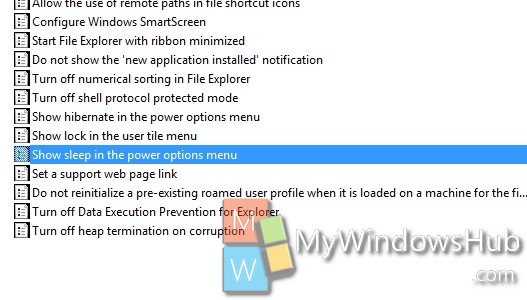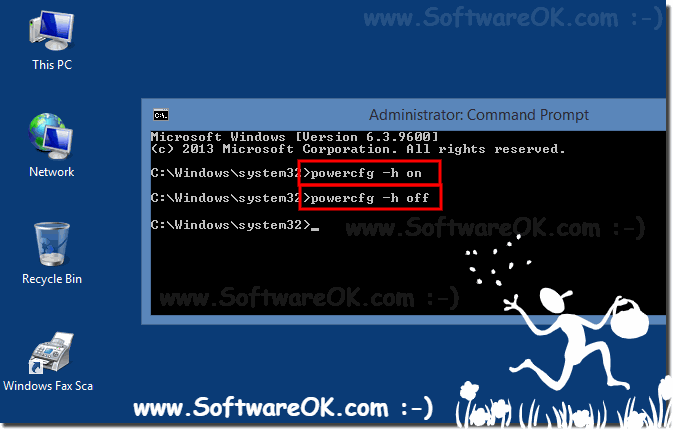

Many affected users have also had luck with applying a certain fix to their registry and then configuring custom power settings to make sure that your computer only goes to sleep after a longer period of inactivity.

Solution 2: Fix the problem by editing your registry Once you do so, you need to re-configure all of your power settings – including the one that dictates the amount of time of inactivity after which your computer goes to sleep – and these settings will then work as they are supposed to. Select Choose when to turn off the display. In the right pane, click on Additional power settings. Navigate to Power & sleep in the left pane. If this is what is causing this issue in your case, you can fix it by resetting and then re-configuring your power settings. In most cases, the root of this problem are customized power plan settings – if you have custom power settings and you upgrade to a newer version of Windows, the new Operating System may not be able to cope with and support your custom power settings and, as a consequence, cause your computer to go to sleep after every 1-4 minutes of inactivity. Solution 1: Resetting and then re-configuring your power settings


 0 kommentar(er)
0 kommentar(er)
